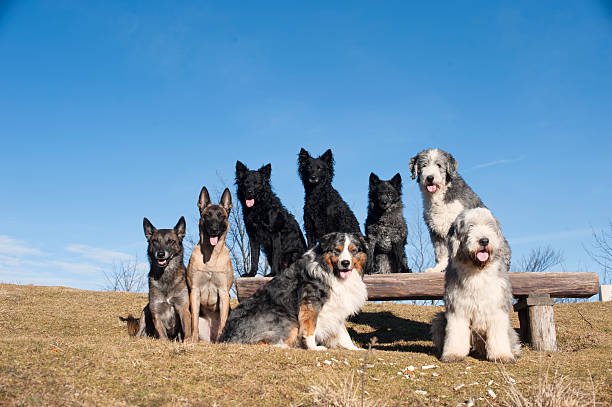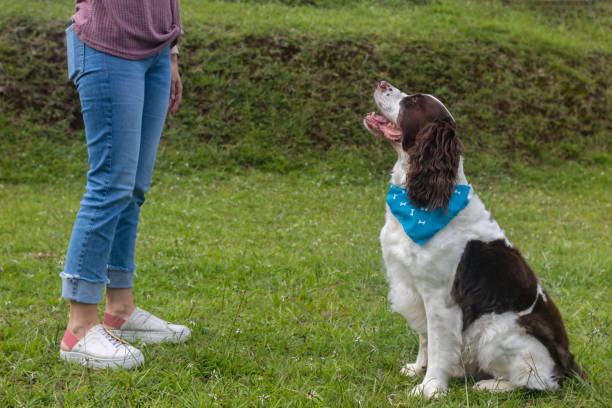Teaching your dog the recall command basically involves training your dog to come back to you whenever you call, even if they are happily playing in the mud. Achieving this command is crucial if you ever expect to let your dog off the leash in public spaces.
To teach your dog recall, you first need to decide on a word or use a sound (such as a clicker or whistle) that your dog will learn as a signal to come back.
Start by calling out your dog’s name to get your dog to sit down, and slowly increase the distance between the two of you. Then call out your dogs name to get his attention, and when you are ready, use the signal and see if your dog comes to you. Each time your dog comes over to join you, give them praise. It’s pretty simple, really, but here are some extra tips:
To ensure that commands are retained, it’s important to use a mixture of rewards, aside from just that juicy treat you have in your pocket. Use plenty of verbal praises and lots of fusses when your dog does something good, and it will help you grow your relationship and boost skills.
If you alternate between these three reward systems, you have a better chance that Fido will respond, even if a treat isn’t involved.


Keep a Routine
Dogs respond very well to routine; if you walk your dog every day, use that chance to practice his recall in a dedicated sweet spot on the journey.
Fido will soon find the association and understand what he is expected to do, meaning confidence can grow and nothing is too confusing for him.
If you keep at it, before you know it, your dog will be ready for his training lesson before you are. Next step, you’ll be competing in national dog competitions.


Be Patient
It may take a little while before your dog starts to understand what you ask of him. Dogs may even get confused and mess up, even when they seem to be improving.
Remember that it’s not about running in a race or gaining the world’s most well-trained puppy; it’s about building a bond of trust between man and dog. It’s okay if things need to be taken a step back and re-attempted.
You need to be patient with its progress and focus on the successes rather than the bits that need a little extra work.
Keep it Comfortable


Remember that your pooch will get tired, and he will need breaks. He will need to use the loo; he may get stressed or upset. It’s important to keep him happy and comfortable when training to ensure that your commands stick. It’s pretty basic to know that if your dog isn’t a happy bunny, he likely won’t pay attention to you.
Allow plenty of rest and many fusses to keep that morale and brainpower high.
Find a Distraction-Free Zone
The environment you train your dog in is essential. Start in a quiet and distraction-free area when you start training recall or want to improve on it; Fido won’t care about your voice if there is a bunny hopping about!
As your dog gains confidence in this command, you can test it by slowly increasing the distractions and taking him to a busy area, it’s a slow process, but it’s more effective than jumping in headfirst.
Stick at it for the Long Term


Maintaining a strong recall takes a lot of time and effort. It’s not something you can stop doing as soon as your dog seems to have gotten it. Make sure to involve it in your everyday lifestyle to keep Fido on his game and being the goodest of all dogs.
Bring in Back-Up
If your little pooch refuses to listen to you, and it’s starting to cause stress in your relationship, remain calm. You can call a specialist dog trainer who can help you gain the trust of your dog. Remember that dogs are just as sensitive as humans are, and it’s hard to communicate with an animal of another species, so they are trying their best.


